King Athelstan was one of the greatest Anglo-Saxon kings of all time. Modern historians acknowledge him as the first King of England. He united different kingdoms and provinces of England, set up a sophisticated and well-educated court, and ruled for fourteen years. He is especially famed for defeating the Vikings who remained in northern England and setting up a completely Anglo-Saxon kingdom. After his death, he was succeeded by his brother Edmund I.
Table of Contents
Who Was King Athelstan?
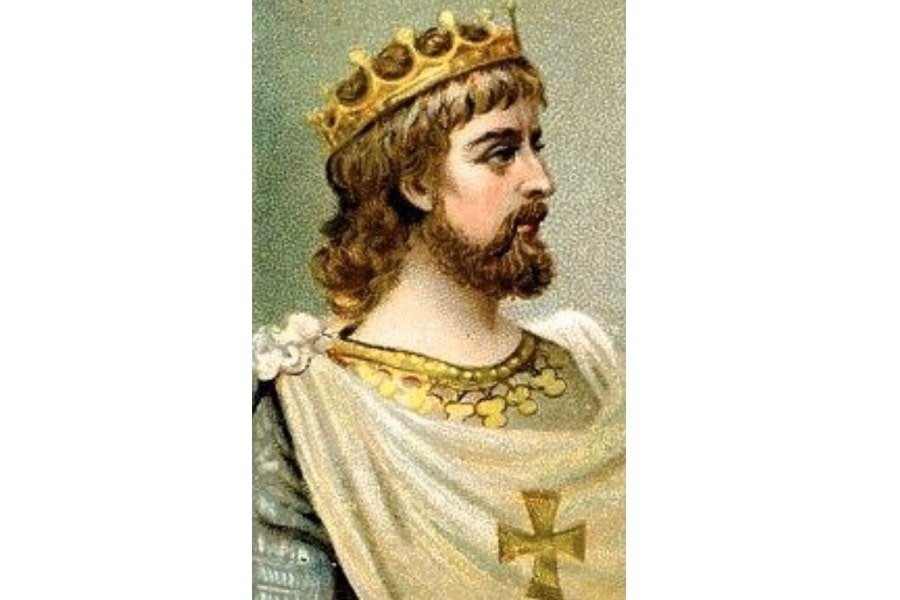
Athelstan was the son of King Edward the Elder and his first wife Ecgwynn. He was the grandson of Alfred the Great. Both his father and grandfather were kings of the Anglo-Saxons before him, but Athelstan took it even further and became king of the whole of England.
READ MORE: In Search of Origins: Who Invented England and How?
He is said to have been a dedicated king and administrator. He centralized the government, made various new laws, and summoned leaders from various parts of the kingdom to attend his councils. These councils were even attended by other rulers, including Welsh kings, which is proof of their acknowledgment of Athelstan’s overlordship. He carried out several reforms, building on what his grandfather had done before him. He was also said to be extremely pious and a stalwart supporter of the church.
King of the Anglo-Saxons and King of England
Athelstan was born around 894 CE. After the death of his mother, his father Edward married again and had more children. One of these was Aelfweard. With the death of King Edward in 924, a scuffle broke out between the brothers. Edward had had three wives and several sons and Athelstan naturally did not have the support of his stepmothers.
Aelfweard claimed control of Wessex while Athelstan claimed control of Mercia. These were the two kingdoms under Edward’s rule at the time of his death. It is unknown whether he wanted them divided between his sons. However, to Athelstan’s great fortune, Aelfweard died three weeks after his father. Athelstan then captured Wessex but he did not have much support there. It took him several months to be crowned king of Wessex and Mercia because of the opposition he faced in Wessex.
Fearing further challenges, he banished his other brother Edwin. He set him afloat on a small boat with no provisions. Edwin is said to have drowned himself rather than face starvation. At any rate, he was never seen again. Athelstan later regretted this action and undertook many charity works to compensate for it. Some historians disagree with this tale and state that Edwin fled of his own accord after a rebellion against his brother went awry. Athelstan sent alms to the abbey in France where Edwin was buried.
In 927 CE, Athelstan conquered the last Viking kingdom, York. Thus, he became the first Anglo-Saxon king of all of England.

What Was Athelstan Famous For?
Athelstan is known for various things. Not only did he unite England and become the first true king there, but he was also an able ruler. His household was said to be a center of learning during his reign. He also played an extremely important role in European politics, since he forged alliances by marrying his sisters to rulers in Europe. In many ways, he was the father of medieval England. Historians have stated that no king of England demonstrated such able leadership as Athelstan until Edward I, Hammer of the Scots.
Ascension to Throne
King Athelstan was the eldest son of Edward the Elder and should have automatically become king at his death in 924 CE. However, due to his problems with the kingdom of Wessex, he was not officially crowned till the next year. His coronation ceremony took place on 4 September 1925 in Kingston upon Thames. He was crowned by the Archbishop of Canterbury. Contemporary chroniclers stated that Athelstan was 30 years old at the time of his coronation, from which we can infer his birth date.
Before his coronation, Athelstan seems to have behaved like a Mercian king alone. A charter signed before September 1925 was witnessed by only Mercian bishops. In this chapter, some historians believe, he vowed not to get married or have heirs in order to gain their acceptance. In Wessex, he mostly faced opposition in Winchester, where Aelfweard was buried. The Bishop of Winchester did not even attend the coronation of Athelstan or witness any of his charters till 928.
He also faced a plot by a nobleman called Alfred who wanted to blind the king and make him ineligible to rule. It is unknown whether Alfred intended to take the throne by conquest himself or to crown Edwin. The plot was never carried out.
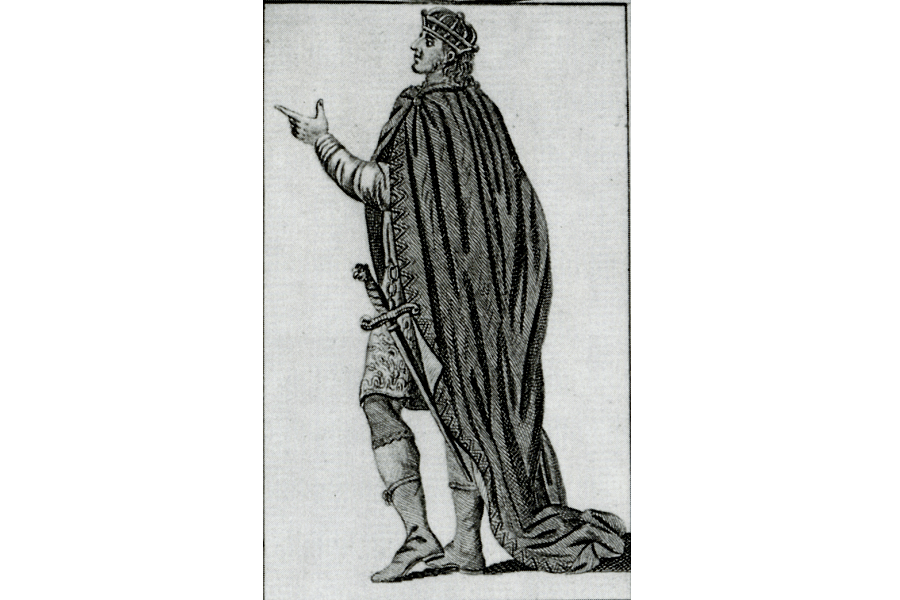
Reign and Reforms
Athelstan set up a system of authority through ealdormen. These men were essentially mini kings who governed large areas in the name of and under the authority of the king. Many of these ealdormen had Danish names, meaning they had earlier led Danish armies. Athelstan retained them. Below them were the reeves – noble landowners – who were charged with governing a town or estate. The reeves also had requirements of charity. Landowners had to pay a certain amount to the poor and free one enslaved person per year.
The Anglo-Saxons were the first people in northern Europe to codify their laws in the vernacular and they expected their delegates to learn these laws. Athelstan built on the legal reforms made by his grandfather, King Alfred, and focused on developing poverty-stricken regions where robbery and lawlessness had become very common. He made the laws more lenient and fair as they pertained to young offenders. This meant that young thieves and criminals got second chances and would not be killed for a small offense.
He was also extremely pious, had vowed not to marry or father children, and worked closely with the church. Athelstan took an active role in appointing bishops, collecting and donating relics to churches, and improving the quality of education. Much has been said about Athelstan founding new churches but most historians consider this folklore since he did not do much to renovate the churches that had been destroyed by the Vikings.
Athelstan was a keen scholar. He collected manuscripts and invited scholars to his court. He wanted to build a system of education based on sacred learning. Unfortunately, books from the era have not lasted although some oral literature has made it down through the centuries. Some people believe that the famous Beowulf was written in Athelstan’s court.
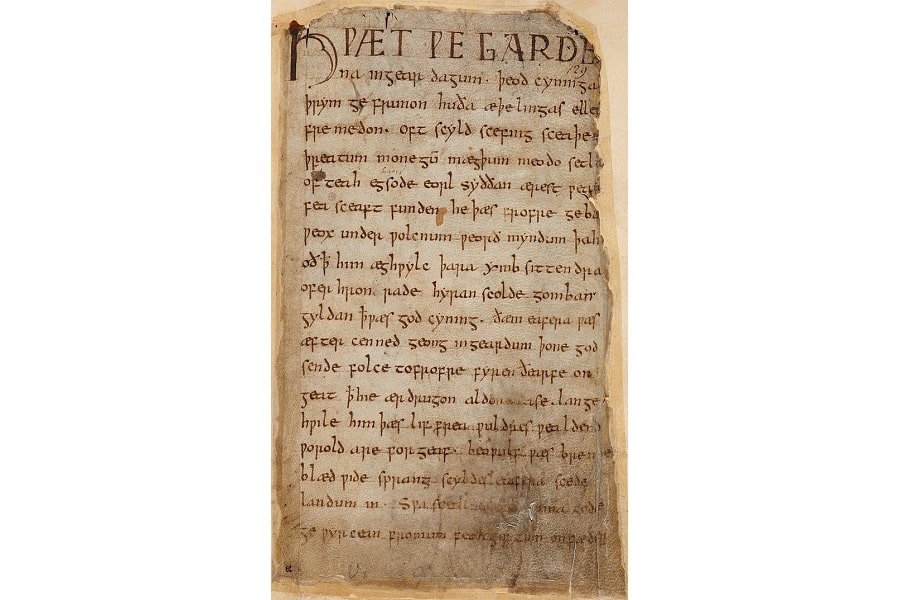
Battles and Military Triumphs
Athelstan was a capable military leader and fought many great battles during his reign in order to secure his kingdom. The most important of these were the battles with the Vikings. King Edward had conquered most of the Viking territories. However, York was still a Viking territory where the Viking king Sihtric ruled during Athelstan’s reign.
In January 926, Athelstan married off his only full sister Edith to Sihtric and the two kings agreed to a treaty. The following year, Sihtric died. Athelstan immediately invaded his lands and added York to his territories. Sihtric’s cousin Guthfrith led an invasion from Dublin to avenge Sihtric but was defeated. Athelstan also claimed Northumbria in 926. Thus, Athelstan became the first Saxon king to establish rulership over northern England.
Athelstan inherited authority over the Welsh territories from his father. On 12 July 927, King Constantine II of Scotland, King Owain of Strathclyde, King Hywel Dda of Deheubarth, and Ealdred of Bamburgh accepted Athelstan as their overlord. Athelstan fixed the border between England and Wales and imposed a heavy annual tribute on the Welsh kings. During his reign, kings from Wales and Scotland attended his court and witnessed royal charters.
By 934, Athelstan had consolidated all of his territory. The only land he did not rule was the Celtic kingdom of Cornwall. Thus, he marched against Scotland. He set out on this campaign with four Welsh kings. It is not known what exactly happened during this campaign. No battles were recorded and Athelstan was back in the south of England before long. But it is known that he defeated the Scots by both land and sea. For a while, he levied an annual tribute on King Constantine II.
The most important battle of Athelstan’s military career was the Battle of Brunanburh in 937. Olaf Guthfrithson succeeded his father Guthfrith in the Norse kingdom of Dublin. Olaf married the daughter of Constantine II. Together, they joined with King Owain of Strathclyde to launch an attack against Athelstan.
Athelstan met the forces at the Battle of Brunanburh. Supported by his younger half-brother Edmund, he defeated the combined forces. However, the English suffered heavy losses, including the two sons of Athelstan’s dead half-brother.
Historians disagree on the effects of Athelstan’s victory. Some say it was a pyrrhic victory and demonstrated the decline of Athelstan’s power. Others say that it was an important battle during his lifetime but did not have overreaching consequences after his death. Still, others assert that had the Anglo-Saxons lost, the history of England would have looked very different indeed.
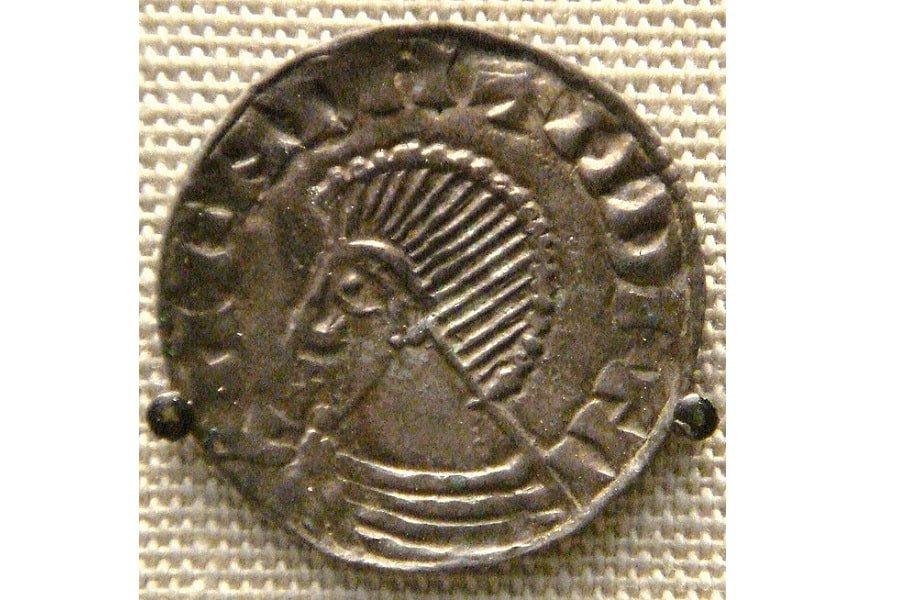
Diplomatic Ties with Europe
Athelstan also allied himself with several European rulers by marrying off his sisters to them. This was not exclusive to him, since his ancestors had done the same thing. The ties between Europe and England were very strong.
Athelstan did not want his sisters to marry his own subjects, perhaps fearing a challenge to the throne. Thus, they either joined nunneries or married foreign kings. One of his half-sisters, Eadgifu, had already been married to Charles the Simple, King of the West Franks. When he died, Athelstan fostered her son Louis and helped him take his father’s throne.
In 926, Hugh, Duke of the Franks, asked for the hand of one of Athelstan’s sisters. He sent gifts like spices, swift horses, a crown made of solid gold, the lance of Charlemagne, the sword of the Roman Emperor Constantine I, and a piece of the Crown of Thorns. Athelstan sent his half-sister Eadhild to be his wife.
The most important connection was with the Liudolfing dynasty in East Francia. Otto, who later became Holy Roman Emperor, married Athelstan’s half-sister Eadgyth. Athelstan had sent two sisters, Eadgyth and Edgiva, to Germany. Otto chose the former as his wife.
Athelstan also had several foster sons, including Louis, Alan II (the Duke of Brittany), and Hakon (the son of Harald Fairhair, King of Norway). His court was supposed to be an extremely cosmopolitan one by Saxon standards.
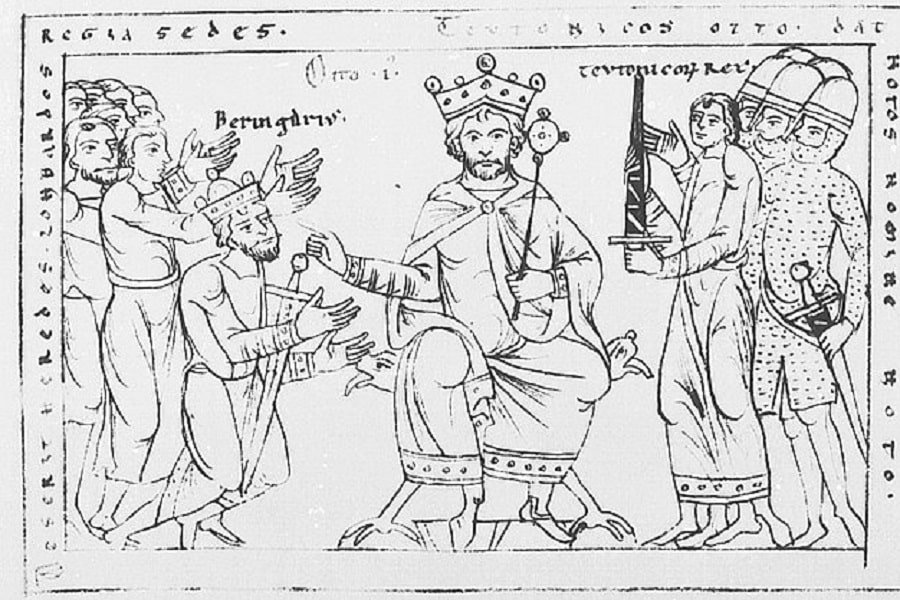
Death and Aftermath
King Athelstan died on 27 October 939. Unlike his grandfather, father, and half-brother, he was not buried in Winchester. By his own wish, he was buried at Malmesbury Abbey, where he had buried Aelfweard’s sons who had died at the Battle of Brunanburh. Athelstan was succeeded by his half-brother Edmund. Edmund was the son of King Edward’s third wife.
After the death of Athelstan, Anglo-Saxon control over northern England collapsed. The people of York and Northumbria immediately chose Olaf Guthfrithson as their king. Edmund and his successors waged many campaigns to regain control of these lands. Various battles ensued and authority switched back and forth between the Norsemen and the Saxons.
Athelstan is not as widely known as his grandfather, Alfred the Great. Regardless, he was one of the greatest kings of England and had enormous achievements. He shaped medieval England into what it would become and planted the idea of a universal Saxon England, which had not happened before him.